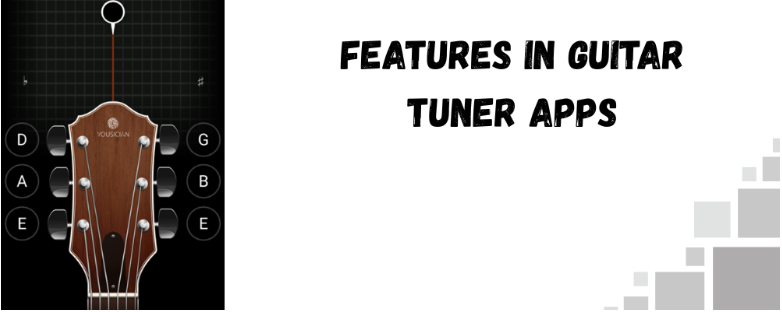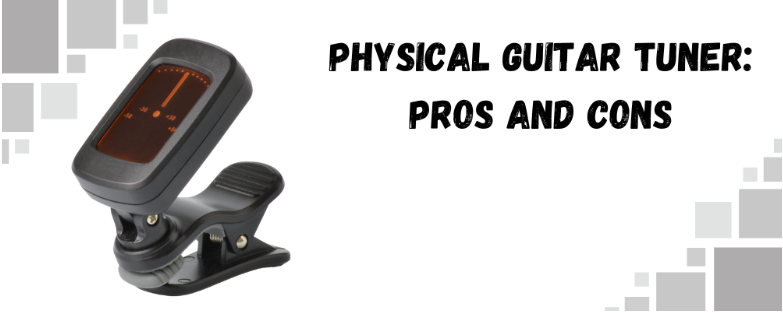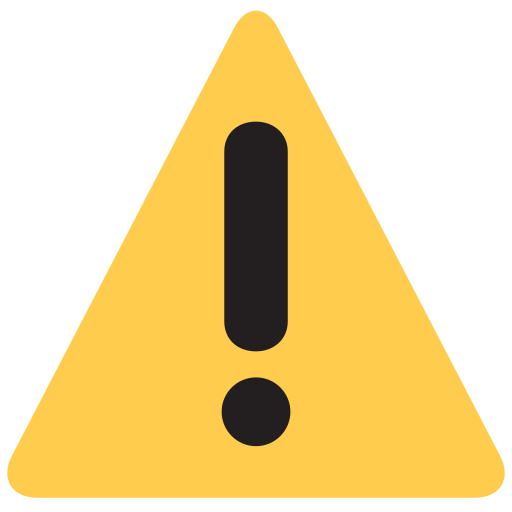How to Use a Guitar Tuner App vs. a Physical Tuner

Look, nobody wants to sound like a dying robot. But there’s nothing more “off” than playing your heart out and realizing your guitar’s out of whack. Here’s the modern struggle: do you grab a guitar tuner app on your phone because it’s two seconds away, or do you bust out the old-school physical tuner like you're prepping for a stadium gig?
Both work—if you actually know how to use them right. Let’s check what works best (for real-world guitarists who don't live in promo photos).
Musicians consistently praise guitar tuners—particularly tuner apps—for their convenience, accuracy, and accessibility. As Essentially Pop explains, “tuners are not just a tool; they are the bridge to auditory perfection,” ensuring every string vibrates at the needed pitch for harmonious sound.
Using a Guitar Tuner App
How it works:
Open the app, strum a string, and watch your phone freak out with digital applause or criticism. The app listens, shows you exactly how off (or on) you are, and you twist your tuners until you’re in the green or that needle sits straight up.

The good:
Always with you—unless you left your phone in the kitchen.
Cheap, often free, and sometimes come with extra tricks (alternate tunings, built-in metronome for your inner drummer).
Foolproof interface—big colors, big dials—so even your drummer friend can use it.
The pain:
Sitting in a noisy room? The app hears everything—TV, traffic, your dog barking—so you’re chasing your true pitch around like a madman.
Battery anxiety? If your phone’s on life support, so is your tuning.
Lag and cheap phone mics mean sometimes you’re “almost in tune.” Close… but not quite.
For quiet bedrooms or tuning up before a lesson, they’re perfect—so long as you remember, background noise is enemy #1
Using a Physical Tuner
How it works:
Clip it on your headstock or plug your cable in, switch it on, pick a string, and watch the little screen light up. Vibration-based tuners literally “feel” the string—they don’t care if your neighbor is running a vacuum.
The good:
- Bulletproof in any room. Loud practice? No problem. Sweaty rock gig? Bring it on.
- Bright screens mean you can tune in a pitch-black club or under buzzing LED lights.
- No battery fear (unless you forget to pack spares).
The pain:
Another thing to lose/step on/break. And you will buy more than one.
Not quite as cheap as “free app.”
If you leave it at home, you’re back to humming and praying.
Talk to any working musician or live sound tech—they’ll tell you a clip-on or pedal tuner is your secret weapon for staying in key, especially when chaos erupts mid-set.
The Verdict—What Should You Actually Use?
Lazy days, late-night jams? Use the app. It’s there. It’s good enough, nobody’s judging.
Gigs, rehearsals, anywhere volume goes up? Use a physical tuner or, better yet, stash one in every gig bag.
If you care about being rock-solid in tune, bring both. Your sound (and your bandmates’ sanity) will thank you.
For more tricks, hacks, and deep dives on both, check these out:
Wrap-up
Don’t let a bum note wreck your vibe. Whether you’re swiping on your phone or snapping a tuner to your headstock, learn your gear and own your sound. Because nothing’s cooler than a guitar that’s always on point. Happy tuning—and no more excuses!
Here you can also find amazing drum thrones, best keyboard bench, audio mixers, drum mics, piano bench, keyboard stand, speakers, party speakers, and more.









